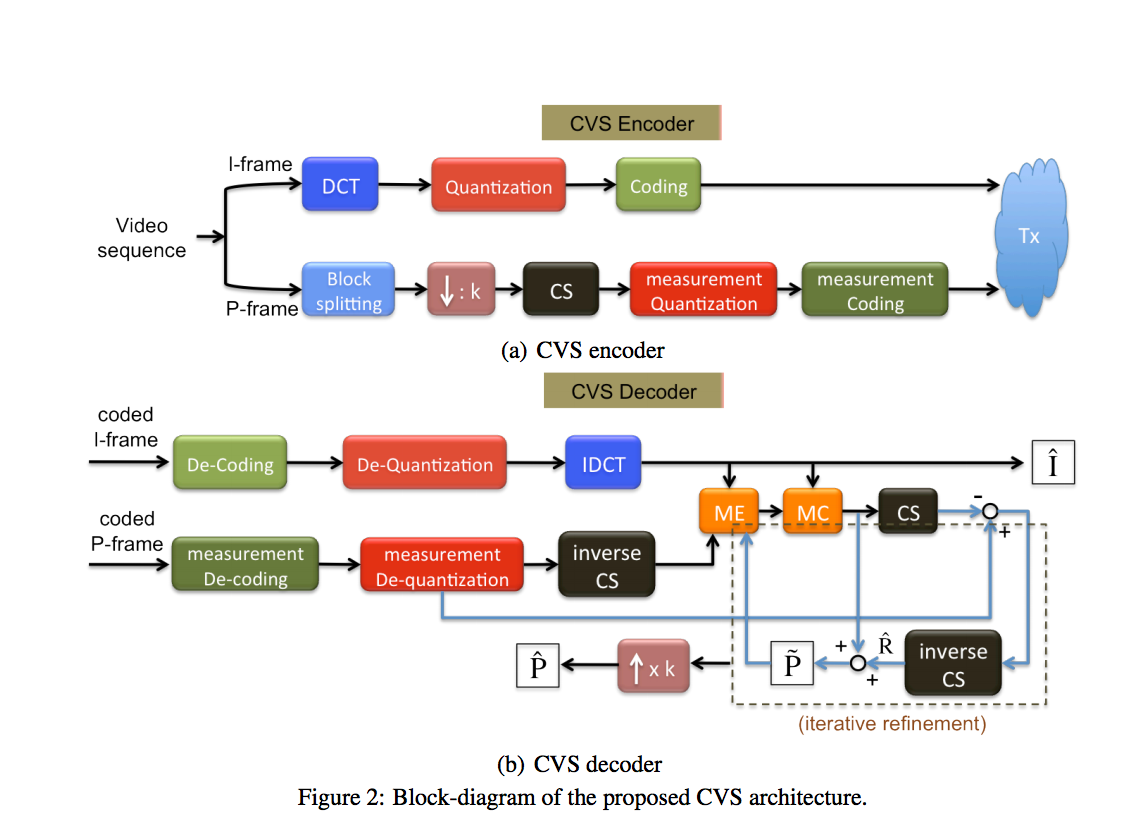| Authors: | G. Tzagkarakis, A. Woiselle, P. Tsakalides, J.-L. Starck |
| Journal: | VISAPP |
| Year: | 2012 |
| Download: | Sitepress |
Abstract
Lightweight remote imaging systems have been increasingly used in surveillance and reconnaissance. Nevertheless, the limited power, processing and bandwidth resources is a major issue for the existing solutions, not well addressed by the standard video compression techniques. On the one hand, the MPEGx family achieves a balance between the reconstruction quality and the required bit-rate by exploiting potential intra- and interframe redundancies at the encoder, but at the cost of increased memory and processing demands. On the other hand, the M-JPEG approach consists of a computationally efficient encoding process, with the drawback of resulting in much higher bit-rates. In this paper, we cope with the growing compression ratios, required for all remote imaging applications, by exploiting the inherent property of compressive sensing (CS), acting simultaneously as a sensing and compression framework. The proposed compressive video sensing (CVS) system incorporates the advantages of a v ery simple CS-based encoding process, while putting the main computational burden at the decoder combining the efficiency of a motion compensation procedure for the extraction of inter-frame correlations, along with an additional super-resolution step to enhance the quality of reconstructed frames. The experimental results reveal a significant improvement of the reconstruction quality when compared with M-JPEG, at equal or even lower bit-rates.

